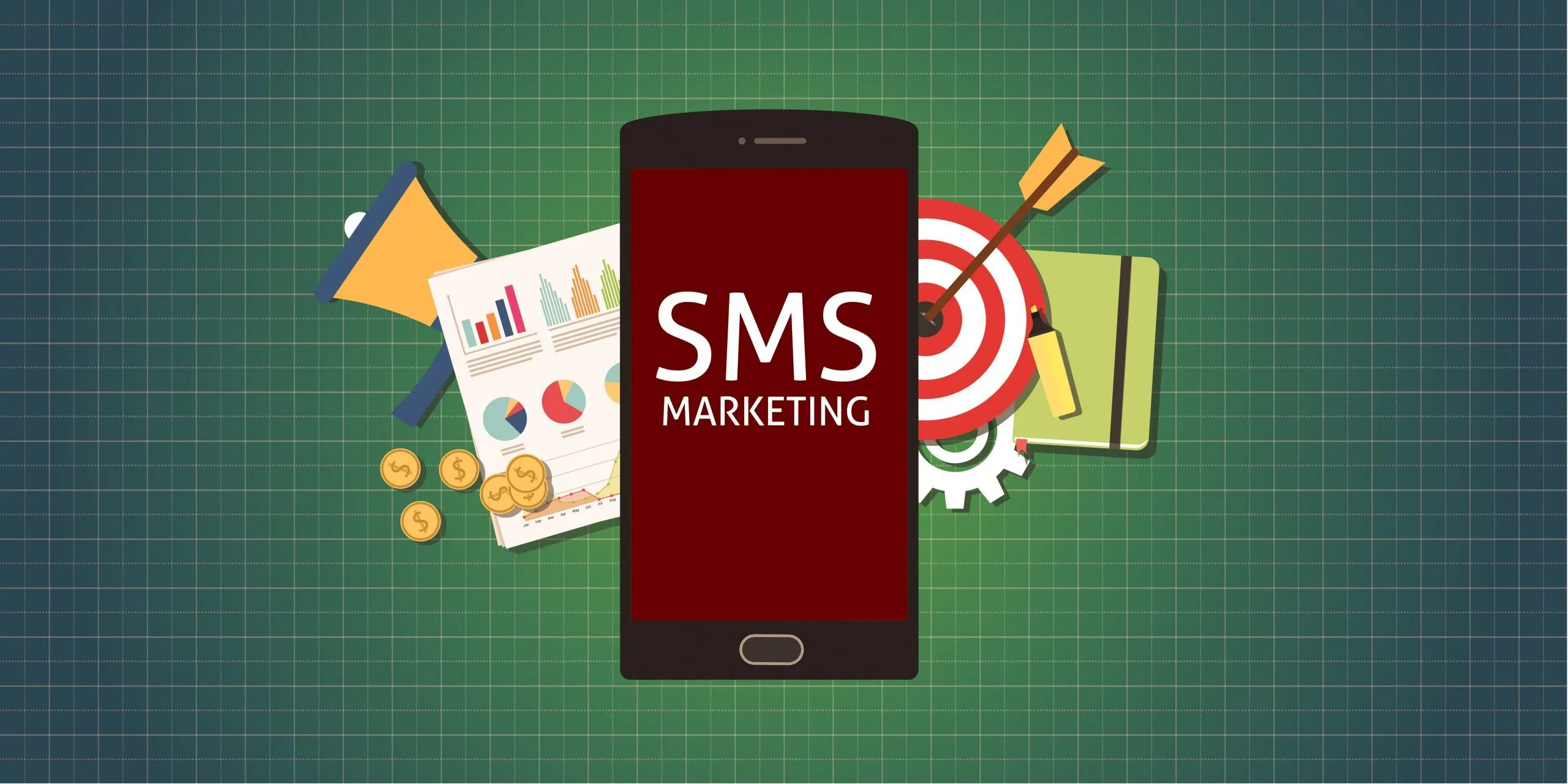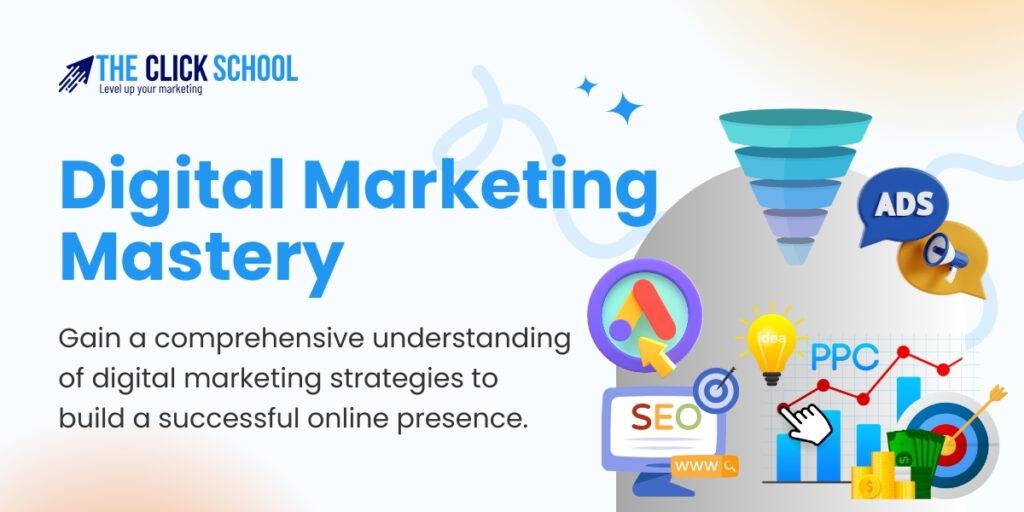“AI Art Meets Horror: The Fear Behind IV Needles”
Introduction
AI art is revolutionizing various creative fields, and horror is no exception. In “AI Art Meets Horror: The Fear Behind IV Needles,” we explore how artificial intelligence is used to generate artwork that taps into deep-seated fears, particularly the fear of IV needles. This phobia, known as trypanophobia, affects many people, evoking intense anxiety at the sight or thought of needles. By combining AI’s ability to create hyper-realistic and unsettling images with the psychological triggers associated with IV needles, artists can produce works that are profoundly disturbing and captivating. The integration of AI in horror art not only pushes the boundaries of traditional art forms but also opens new avenues for exploring the human psyche and our responses to fear. This article delves into the techniques used in AI-generated horror art, examines its impact on viewers, and discusses the ethical considerations of using technology to evoke such strong emotional reactions. Through this lens, we uncover the potent blend of technology and terror, and how it reflects our deepest anxieties and the power of modern artistic innovation. Get ready to be both intrigued and unnerved as we venture into the world where AI art meets horror.
The Science of Fear
Fear is a fundamental human emotion that has evolved to help us survive. It’s a response to perceived threats, triggering the fight-or-flight reaction. Understanding how fear works is crucial for creating effective horror art. By studying fear responses, artists can better manipulate their audience’s emotions, making the horror experience more immersive. AI art horror IV needles, in particular, taps into the visceral reaction many people have towards needles, using this fear to create powerful art.
- Understanding Fear Responses
Fear responses are triggered by the amygdala, a part of the brain responsible for processing emotions. When faced with a threat, the amygdala sends signals that prepare the body to either confront or flee from the danger. This automatic response can be triggered by various stimuli, including visual cues. AI art horror IV needles capitalize on this by presenting images that evoke the fear of needles, causing an immediate emotional response in the viewer.
- Psychological Impact of Horror Art
Horror art can have a profound psychological impact, leaving lasting impressions on those who view it. The fear it evokes can lead to increased heart rates, heightened senses, and a general feeling of unease. AI-generated horror art, with its ability to create highly realistic and unsettling images, can amplify these effects. By tapping into deep-seated fears, such as the fear of IV needles, AI art can create a powerful and immersive horror experience.
AI in the Art World
AI has revolutionized the art world, bringing new possibilities and challenges. It has allowed artists to explore new techniques and push the boundaries of creativity. AI’s ability to analyze vast amounts of data and generate unique patterns has led to the creation of artworks that are both innovative and captivating. AI art horror IV needles are an example of how this technology can be used to create pieces that evoke strong emotional responses.
- Evolution of AI Art
AI art has come a long way since its inception. Early attempts were rudimentary, but advancements in machine learning and neural networks have led to more sophisticated creations. Today’s AI art can mimic various styles, generate realistic images, and even create original compositions. This evolution has opened up new avenues for artists to explore, including the horror genre. AI art horror IV needles are a testament to how far this technology has come, creating pieces that are both beautiful and terrifying.
- Notable AI Art Projects
Several AI art projects have gained recognition for their innovation and creativity. One notable project is “The Next Rembrandt,” which used AI to create a painting in the style of Rembrandt. Another is “DeepDream,” an algorithm that generates surreal and dream-like images. In the realm of horror, AI art horror IV needles stands out for its ability to evoke strong emotional responses by tapping into the fear of needles. These projects showcase the potential of AI art to create groundbreaking and impactful works.
Horror in Art
Horror has always been a prominent theme in art, from ancient cave paintings to modern films. It taps into our primal fears and evokes strong emotional responses. The use of horror in art allows artists to explore dark themes and challenge viewers’ perceptions. AI art horror IV needles continue this tradition, using technology to create pieces that are both unsettling and captivating.
- Historical Context of Horror Art
Horror art has a rich history, with roots tracing back to early human civilizations. Ancient cultures often depicted fearsome creatures and scenes of horror in their artwork. In the Middle Ages, religious art frequently included images of hell and damnation. The Renaissance saw a shift towards more psychological forms of horror, with artists like Hieronymus Bosch creating intricate and unsettling scenes. AI art horror IV needles build on this history, incorporating modern technology to evoke fear in new and innovative ways.
- Famous Horror Artists
Many artists have made a name for themselves in the horror genre. Francisco Goya, for example, is known for his dark and disturbing works, such as “The Black Paintings.” H.R. Giger’s biomechanical designs have also left a lasting impact on the genre, influencing films like “Alien.” Contemporary artists like Zdzisław Beksiński continue to push the boundaries of horror art. AI art horror IV needles add a new dimension to this lineage, using technology to create pieces that are both terrifying and thought-provoking.
The Fear of IV Needles
The fear of IV needles, known as trypanophobia, is a common phobia that affects many people. This fear can be triggered by the sight of needles, the anticipation of pain, or the feeling of helplessness. AI art horror IV needles tap into this fear by presenting hyper-realistic images of needles, amplifying the viewer’s anxiety and discomfort. This fear is deeply rooted in our psyche, making it a powerful tool for creating horror art.
- Why IV Needles Scare Us
IV needles scare us for several reasons. Firstly, the anticipation of pain can trigger a strong fear response. Secondly, the sight of needles can evoke memories of past experiences, amplifying the fear. Lastly, the feeling of helplessness and loss of control during medical procedures can heighten anxiety. AI art horror IV needles exploit these factors, creating images that evoke strong emotional reactions and make the viewer’s skin crawl.
- Psychological Triggers
Psychological triggers play a significant role in the fear of IV needles. These triggers can include past traumatic experiences, the sight of blood, and the anticipation of pain. AI art horror IV needles utilize these triggers to create highly effective and unsettling pieces. By incorporating elements that are known to evoke fear, these artworks can have a powerful impact on the viewer, making them feel as if they are experiencing the fear firsthand.
AI-Generated Horror Art
AI-generated horror art is a burgeoning field that combines the capabilities of artificial intelligence with the emotional depth of horror. By analyzing patterns and styles in existing horror art, AI can generate new and unique pieces that are both visually striking and deeply unsettling. AI art horror IV needles are a prime example of this, using technology to create images that tap into our deepest fears. The results are pieces that are both innovative and terrifying, pushing the boundaries of traditional horror art.
- Techniques in AI Horror Art
Several techniques are used in AI horror art to create powerful and immersive experiences. These include the use of neural networks to generate realistic images, machine learning algorithms to mimic artistic styles, and generative adversarial networks (GANs) to create unique compositions. AI art horror IV needles utilize these techniques to create hyper-realistic images that evoke fear and discomfort. By combining technology with the principles of horror art, these pieces are able to create a truly immersive and unsettling experience.
- Examples of AI Horror Art
There are numerous examples of AI horror art that showcase the potential of this technology. One notable example is an AI-generated short film that used machine learning to create realistic and unsettling scenes. Another is a series of AI-generated paintings that depict eerie and surreal landscapes. AI art horror IV needles stand out for their ability to evoke strong emotional responses by tapping into the fear of needles. These examples demonstrate the potential of AI art to create groundbreaking and impactful works in the horror genre.
In conclusion, AI art is revolutionizing the way we create and experience horror. By tapping into primal fears like the fear of IV needles, AI-generated horror art is able to create powerful and immersive experiences. The techniques and examples discussed in this article showcase the potential of AI art to push the boundaries of traditional horror art, creating pieces that are both innovative and terrifying. Whether you’re a fan of horror or simply curious about the possibilities of AI art, there’s no denying the impact and potential of this exciting new field.
Case Studies
Examining case studies of AI-generated horror art reveals the depth and impact of this innovative genre. In particular, AI art depicting IV needles taps into a common phobia, creating visceral reactions among viewers. These studies help us understand how AI art horror iv needles affect audiences, shedding light on the emotional and psychological responses they provoke. By analyzing these responses, we can better appreciate the potential and power of AI in horror art.
- AI Art Depicting IV Needles
AI art that features IV needles often uses hyper-realistic imagery to evoke fear. These pieces play on the viewer’s anticipation of pain and their unease with medical procedures. The unsettling nature of these artworks stems from their ability to mimic real-life fears in a controlled environment, making the experience both terrifying and captivating. AI art horror iv needles highlight the intersection of technology and emotion, demonstrating how AI can create impactful art that resonates on a deeply personal level.
- Viewer Reactions and Analysis
Viewer reactions to AI art horror iv needles are typically strong and varied. Some people experience intense fear and discomfort, while others are fascinated by the uncanny accuracy of the imagery. Analyzing these reactions provides insight into the effectiveness of AI in evoking emotional responses. Surveys and interviews with viewers reveal that the combination of realistic visuals and the inherent fear of needles creates a powerful and immersive experience. This analysis underscores the potential of AI-generated horror art to elicit strong emotional reactions and engage audiences in unique ways.
Ethical Considerations
The use of AI in horror art raises several ethical considerations. While AI art horror iv needles can be compelling and innovative, they also pose questions about the moral implications of using technology to create fear. It’s essential to consider the impact of such artworks on vulnerable individuals and to ensure that the creation and distribution of AI-generated horror art are done responsibly. Balancing creativity with sensitivity is crucial to maintaining ethical standards in this emerging field.
- Moral Implications of AI in Horror Art
The moral implications of AI in horror art revolve around the potential for causing distress and the responsibility of creators. AI art horror iv needles, for example, can trigger intense fear and anxiety, which may not be appropriate for all audiences. Creators must weigh the artistic value of their work against the potential harm it could cause. Ensuring that such art is clearly labeled and providing appropriate warnings can help mitigate these risks and promote responsible use of AI in horror art.
- Balancing Creativity and Sensitivity
Balancing creativity and sensitivity is key to the responsible development of AI art horror iv needles. Artists and developers should strive to create compelling and innovative works while being mindful of the potential psychological impact on viewers. This balance can be achieved by incorporating feedback from diverse audiences and adhering to ethical guidelines. By doing so, creators can push the boundaries of horror art without compromising the well-being of their audience.
Future Directions
The future of AI art horror iv needles is full of potential and exciting possibilities. As AI technology continues to advance, artists will have even more tools at their disposal to create immersive and impactful horror art. The integration of virtual reality (VR) and augmented reality (AR) could further enhance the viewer’s experience, making the fear more tangible and immediate. These advancements will allow for even more innovative and engaging horror artworks, pushing the genre to new heights.
- Advancements in AI Art
Recent advancements in AI technology have significantly expanded the capabilities of AI-generated art. Techniques such as deep learning and neural networks enable the creation of highly detailed and realistic images. These technological improvements have made AI art horror IV needles more effective at evoking fear and discomfort. As AI continues to evolve, we can expect even more sophisticated and nuanced artworks that challenge our perceptions and elicit strong emotional responses.
- Potential in Horror Genre
The potential of AI in the horror genre is immense. AI art horror iv needles demonstrate how technology can be used to explore and amplify our deepest fears. This potential extends beyond visual art to include interactive experiences, such as AI-driven horror games and simulations. By leveraging AI’s ability to create realistic and emotionally charged content, artists can push the boundaries of the horror genre and create experiences that are both terrifying and captivating.
Conclusion
In conclusion, AI art horror iv needles represent a fascinating intersection of technology and emotion. These artworks tap into primal fears, creating immersive and impactful experiences for viewers. As AI technology continues to advance, the potential for innovation in the horror genre is limitless. By balancing creativity with ethical considerations, artists can push the boundaries of horror art and create works that resonate on a deeply personal level.
- Summary of Key Points
To summarize, AI art horror iv needles leverage advanced technology to evoke strong emotional responses. By tapping into common fears, such as the fear of IV needles, these artworks create immersive and unsettling experiences. Ethical considerations and the need for sensitivity are crucial in this field, ensuring that the art is both impactful and responsible. The future of AI-generated horror art holds exciting possibilities, promising even more innovative and engaging experiences.
- Reflecting on AI Art and Fear
Reflecting on the relationship between AI art and fear, it’s clear that this emerging field has the potential to revolutionize the horror genre. AI art horror iv needles exemplify how technology can be used to create powerful and emotionally resonant works. By understanding the science of fear and applying this knowledge to art, creators can develop pieces that truly captivate and terrify audiences. The fusion of AI and horror art promises a future where technology and creativity combine to push the boundaries of artistic expression.
FAQs
Q. What are AI art horror IV needles?
Ans.AI art horror IV needles combines artificial intelligence with horror themes, creating unsettling images of IV needles to evoke fear and discomfort.
Q. Why do IV needles evoke fear?
Ans. IV needles trigger fear due to the anticipation of pain, past traumatic experiences, and the feeling of helplessness during medical procedures.
Q. How does AI create horror art?
Ans. AI uses algorithms and machine learning to generate realistic and eerie images, tapping into deep-seated fears like those related to IV needles.
Q. What impact does AI horror art have on viewers?
Ans. AI horror art can evoke strong emotional responses, including fear and anxiety, making the viewing experience intense and memorable.
Q. Are there ethical concerns with AI horror art?
Ans. Yes, ethical concerns include the potential to cause distress and the














Post Comment